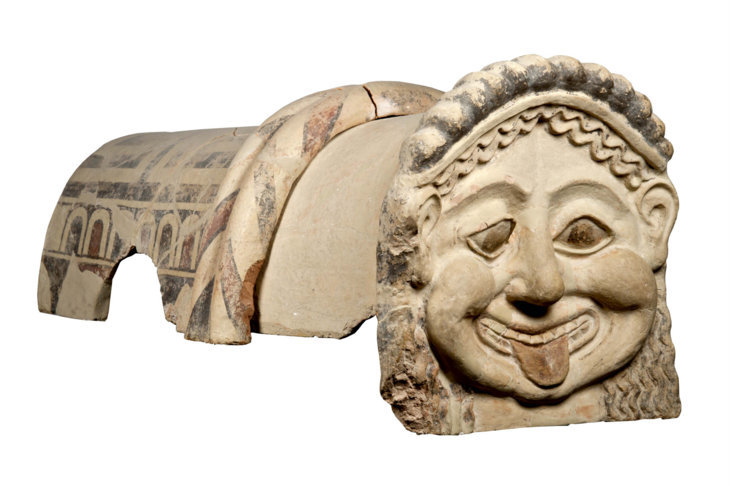Review: 11th Century Sicily Was As Multicultural As It Gets, Says British Museum
Last Updated 20 April 2016

Christians, Muslims and Jews living peacefully alongside one another — not isn't a description of modern day London, but 11th century Sicily. A land of mixing cultures placed between Christian Europe and Islamic Africa.
This multiculturalism is typified by an ivory casket made by a Muslim artisan for a Christian king. Different peoples moving to Sicily is core to this exhibition which charts the history of Sicily through two key periods — when the Greeks arrived and when it came under Norman rule.
We're presented with some excellent sculptures of a lion devouring a bull, a demonic mask for a burial chamber to ward off evil spirits and Norman battle standard bearing a falcon.
The two stand-out exhibits are a beautiful mosaic of the Madonna and a exquisitely carved elephant horn.
It's a fascinating exhibition that feels very much in line with what we've come to expect from The British Museum — lots of coins but ultimately the sculptures stealing the show.
We learned a lot from it and it's well researched, though there aren't too many artefacts that really draw the eye. Ultimately it's a solid, if unspectacular, exhibition.
Sicily: Culture and Conquest runs at The British Museum from 21 April-14 August. Tickets are £10 for adults, concessions available.
Also check out our most talked about exhibitions and our top 10 openings for April.





